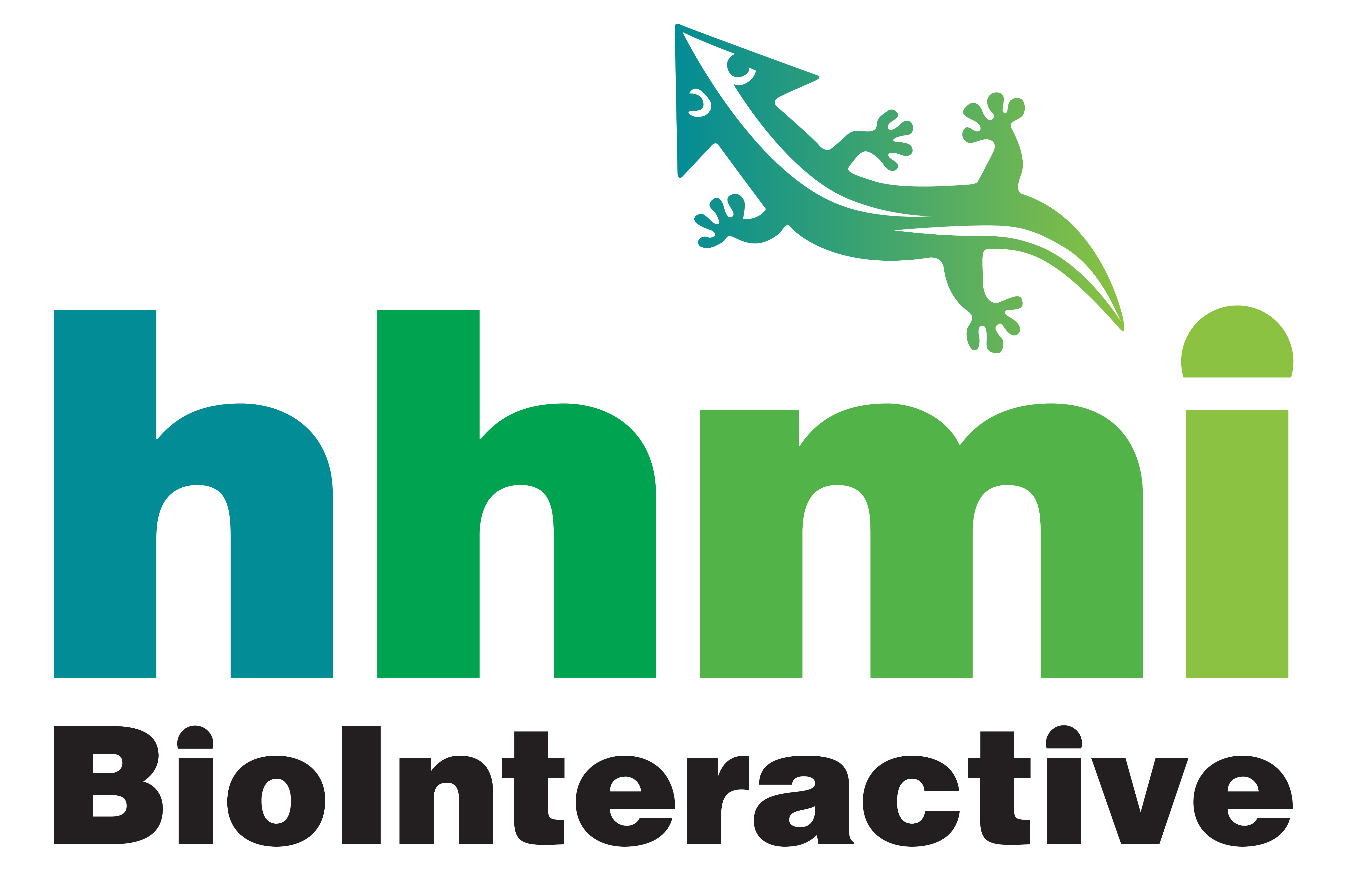Attract or Defend? Secondary Compounds among tissues in two species of Lupine (Fabaceae)
Author(s): Rebecca Penny Humphrey
Aquinas College
742 total view(s), 448 download(s)
Educator Data_Key_Secondary compounds in plant tissues_KEY.xlsx(XLSX | 75 KB)
Educator Handout_ Secondary Compounds in Lupine Tissues.docx(DOCX | 129 KB)
Secondary compounds in plant tissues.csv(CSV | 6 KB)
Student Data_Secondary compounds in plant tissues.xlsx(XLSX | 18 KB)
Student Handout_ Secondary Compounds in Lupine Tissues.docx(DOCX | 392 KB)
- License terms
Description
This 50- to 75-minute activity leads sophomore-level students through thinking about the possible roles of secondary compounds in plants and analyzing real data to address their predictions. Students consider the unique selective pressures facing plants (i.e., they often can’t move but must interact with the world around them) and relate this to the presence of secondary compounds. Students make hypotheses and predictions about how the presence of these chemical compounds might relate to interactions between the plant and its environment. In Microsoft Excel, students will explore the data with a series of figures and conduct ANOVAs to compare concentrations among tissues. Detailed instructions are provided for work in Excel, but some familiarity with the program will be important.
One fairly obvious result is that bad-tasting compounds are found in higher concentrations in tissues most vulnerable to herbivores and vital to survival/reproduction (flowers, stems, leaves). A less-obvious finding is that pollen has higher caffeine concentrations than other tissues. An optional extension activity leads students to investigate this potentially surprising result.
Students should gain some appreciation for unique environmental selective pressures faced by plants, the roles of defensive and attractive compounds in plant tissues, practice formulating hypotheses and investigating predictions with real data, and experience interpreting statistical tests to address their predictions.
Cite this work
Researchers should cite this work as follows:
- Humphrey, R. P. (2020). Attract or Defend? Secondary Compounds among tissues in two species of Lupine (Fabaceae). HHMI BioInteractive Data Explorer FMN (2020), QUBES Educational Resources. doi:10.25334/HB9W-SE09
